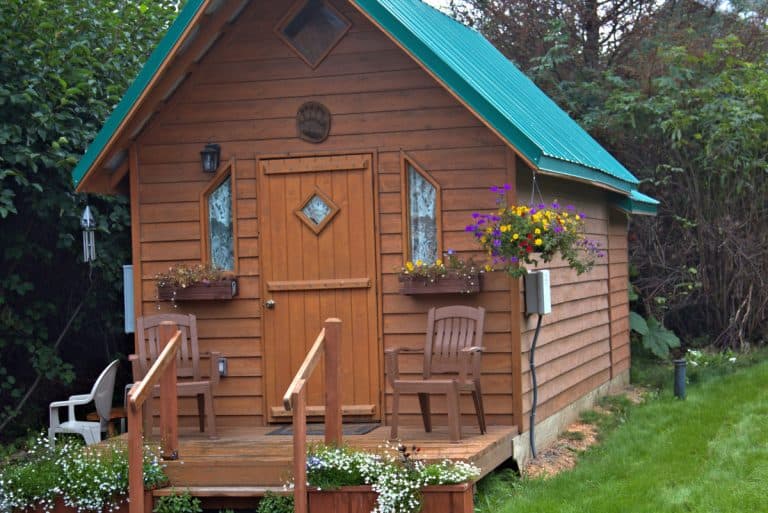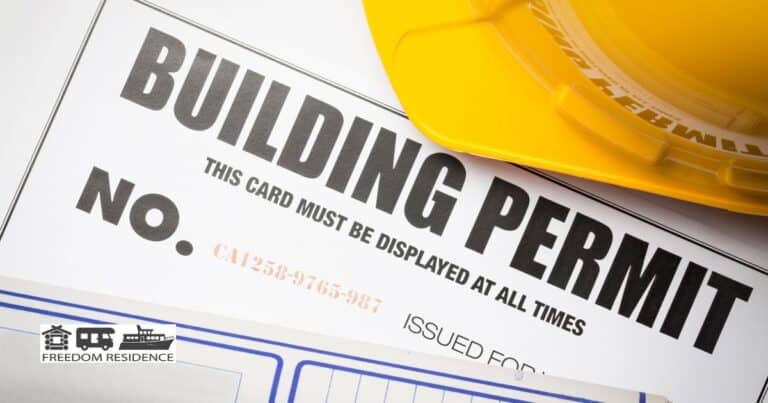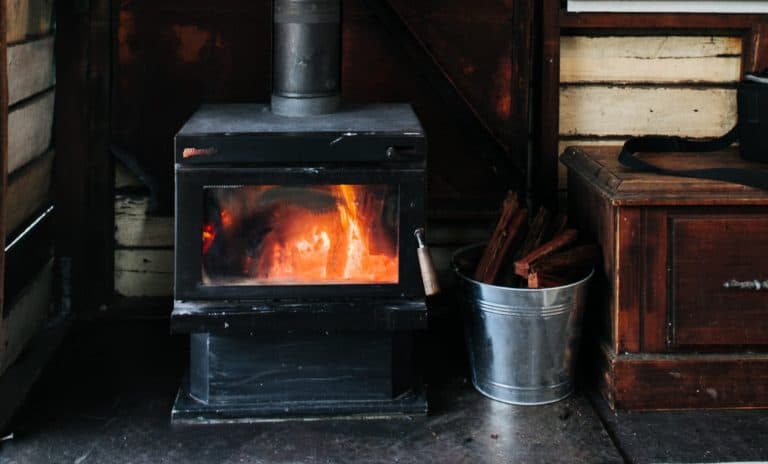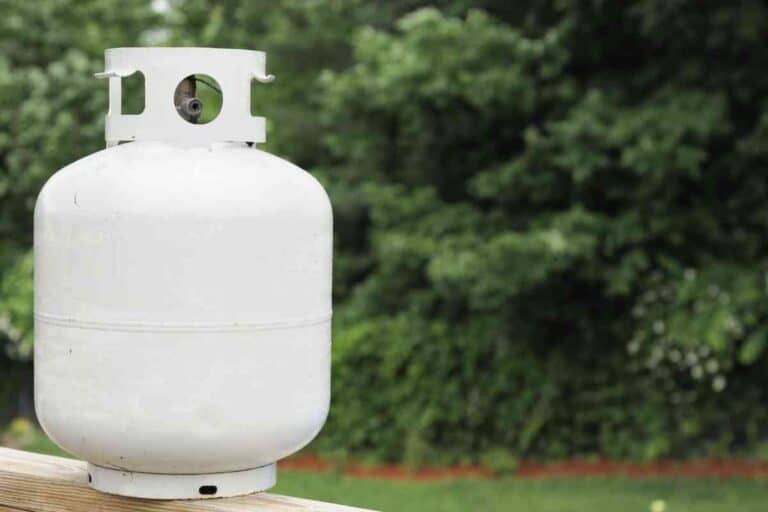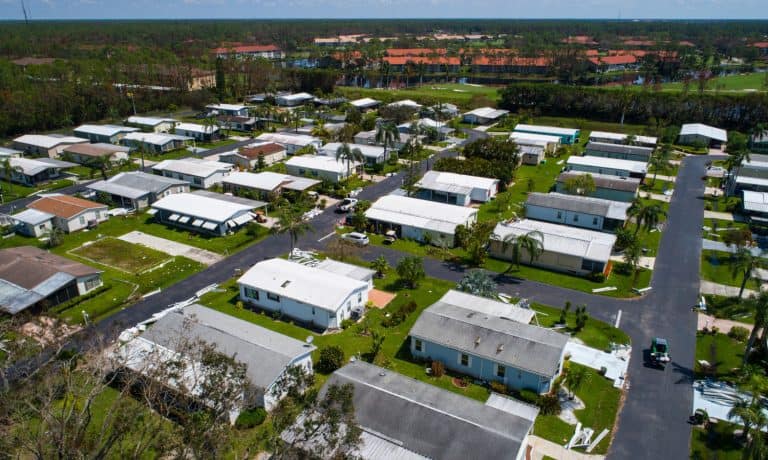Best Propane Heaters For Heating Your Tiny Houses In Winter
Many people have decided to start living in tiny homes as a means of life.
This can come with many benefits like a decreased cost of living or a lower carbon footprint.
Of course, the downside comes with a cramped living space.
Having a tiny home has its ups and downs.
Keeping warm may be an issue you might find yourself having as the weather gets cold.
Staying warm does not have to be a problem when you have the correct heating.
Keep reading to learn about the best propane heaters for tiny spaces.
After a deep dive into the web to find the best propane heaters, we have narrowed it down to a few popular brands and models.
The most popular brands to choose from are Mr. Heater, Dyna-Glo, and Martin.
Top 3 Propane Heaters
Mr. Heater offers many options for some of the best vent-free propane heaters for your tiny house. They are affordable and have significant heat output that will last you all winter.The best Mr. Heater models to warm up your tiny house in winter are:
- Big Buddy Indoor-Safe Portable Heater
- Vent-Free Icehouse Heater
- Blue Flame Vent-Free Heater
Big Buddy Indoor-Safe Portable Heater
The Big Buddy heater from Mr. Heater is perfect for small spaces.
It is portable and packs a punch in a small package.
This heater offers options from 4,000, 9,000, and 18,000 BTU. This heater will give you plenty of heat for your tiny home.
This heater is great for tiny homes, but does not come with a carbon monoxide detector. Although this heater is indoor safe, it is vital to have a detector to be safe.
It has a great heat output and is very affordable, you can’t go wrong with this heater for your home this winter.
Pros:
- Small
- Portable
- Affordable
Cons:
- Carbon monoxide detector not included
- Not as durable
Vent-Free Icehouse Heater
Mr. Heater’s Vent-Free Icehouse heater is another perfect addition to your home.
This model is affordable and can be mounted to suit your needs.
Anyone looking for a cheap mounted heater will be happy with this one.
The thermostat on this heater is user friendly and easily adjusted to your preference.
You will be able to control the comfort levels of your home easily with this product.
However, since this heater is a mounted heater, you will not be able to move this heater around your home.
Pros:
- Easy to use
- Efficient heat source
- Operates quietly
Cons:
- Not portable
- May create condensation
Blue Flame Vent-Free Heater
Lastly, Mr. Heaters Blue Flame Vent-Free Heater is a good unvented option.
This model comes with an oxygen depletion sensor and operates quietly. I
t also has a thermostat for convenience.
This heater will also give you a lot of heat in a small package.
It has a BTU of 30,000 and is not too large.
It can be easily mounted anywhere in your home to give you a warm space for winter.
This heater is also considered safe in terms of carbon monoxide exposure.
It has a built-in sensor for your safety.
Pros:
- Easy to install
- High heat output
- Built-in oxygen sensor
Cons:
- Pricey
- Not portable
Other Alternatives
Dyna-Glo is another great option for those wanting to heat their tiny houses.
They have a perfect choice for a wall heater.
This one happens to be vent-free and affordable while able to mount on your wall.
This Blue Flame Vent-Free Wall Heater can be perfect in your tiny home.
No products found.
This heater from Dyna-Glo is another great wall-mounted heater with no need for a vent.
It has a sleek, modern design and can be great in any tiny home.
Finally, Martin is another good brand that stood out for its propane heaters.
They have one of the best selections for vented propane heaters.
They happen to be more expensive, but you will be getting your money’s worth with these powerhouses.
Martin’s best vented propane heaters are the Direct Vent Propane Heater and the Direct Vent Propane Wall Heater.
No products found.
No products found.
Depending on your needs, both direct vent heaters can be great for your tiny house.
Both of these heaters are essentially the same.
The biggest aspect to note is the difference in BTU on each heater.
If you have a typical tiny home, the first option with 11,000 BTU will be great.
If your tiny home is slightly larger, the second option has a BTU of 20,000.
Regardless of your house’s size, Martin has a great choice for you.
What Is A Tiny House?
A tiny house is usually one characterized by simply being small.
These are not just small houses, however.
They are very small houses.
There is no set size for a house to be considered tiny, but the average tiny house owner’s property does not usually exceed 500 square feet.
Some tiny houses may even be as small as 100 square feet.
Some people choose to buy tiny homes because they are cheaper to purchase.
There is also an option to build a tiny house because it is easy to do so
Either way you get a tiny home, it is arguably much easier than purchasing or building an average home.
If you choose to build a tiny house, it could set you back anywhere from $12,000 to $35,000 if you are crafty with the building.
Depending on your preference or size, purchasing a tiny home can range from $25,000 to $60,000.
Some luxury options may cost up to $150,000.
Types Of Tiny Houses
If you are now deciding to purchase a tiny house, you have a few options to choose from.
Some of the most loved options are:
- Mobile homes
- Motorhomes
- RVs
- Sheds
- Cabins
- Tiny houses on wheels
Many of these options depend on your preference and living style.
For instance, a tiny house on wheels would be great for those who love to travel.
If this sounds like you, you may enjoy a mobile home, motorhome, or an RV.
If you want to make your tiny house more of a permanent situation, you have options for that as well.
Choosing a shed or cabin-style tiny house may be a great thing for you.
You also have the option of building your own tiny home on a foundation vs on wheels.
With this choice, you can design the house to your liking.
Winter In A Tiny House
Winter in a tiny house can be daunting in a cold climate if you do not prepare efficiently.
Due to its small size, there are many steps and precautions you must take to be prepared for those cold winter days.
Wrapping your pipes is an essential first step.
Without proper protection of your pipes, your plumbing system is at huge risk.
The cold climate may cause your pipes to freeze and burst.
Ensuring your foundation and roof are properly supported is crucial when the weather gets cold.
You must be sure that your roof can hold the heavy snow your home may endure.
Lastly, your insulation must be up to par, or you may suffer this winter season.
Without proper insulation in any home, you can become quite cold as the temperatures drop.
Winter can be very tough on any house.
In climates with a harsh winter, it can hit tiny homes extra hard.
Winter does not have to be scary in a tiny home, especially if you have a plan.
Another good thing to plan for is when your electricity or heating fails.
Having an emergency kit is a great idea for tiny homes.
Packing things like food, blankets, water, a radio, and matches is a great start.
If the proper precautions are taken, you can ensure a warm winter in your tiny home this year.
Of course, you cannot stay warm without a heat source.
Now that we know how to keep the heat in, let’s look at how you can supply it.
Propane Heaters
Propane heaters are among the most popular options for heating tiny houses.
Propane heating is also popular in traditional homes because it can supply heat to your stove as well.
Having a propane tank in your tiny house can ensure that you have heat to stay warm and to cook on those cold days.
There are a variety of propane heaters to purchase.
Some of the most popular options available are vented and unvented heaters.
There are a few distinct differences between unvented and vented propane heaters.
Two of the most notable differences are the ability to move and store your heater and the difference in safety features.
Let’s explore these two options in more detail.
Vented Propane Heaters
Vented propane heaters are a good option for those looking to heat their tiny home.
They come mounted to the wall of your house and have a built-in venting system.
The self-venting mechanism of vented propane heaters is very important when considering your options.
If you do not monitor or ensure proper venting in your propane heaters, you may have a safety hazard.
Propane heaters work via combustion with the oxygen present in your home.
If your heater is not vented, there is a significant risk of oxygen depletion.
If you purchase a vented heater, this risk is almost non-existent.
A vented heater works by venting outdoors, which allows for the oxygen levels in your home to remain stable.
This also helps to heat your home more efficiently.
A downside to vented heaters has to be their lack of mobility.
Once these heaters are installed, they become difficult to move since they are mounted on your wall.
The proper placement must be ensured to make sure your home stays warm.
Unvented Heaters
Unvented heaters are another great option for heating your tiny house this winter.
Unlike vented propane heaters, these can typically be moved wherever you like.
They can impose more safety risks, however.
Unvented heaters can be very convenient for tiny homes.
They do not require significant space and can be stored when not being used.
They can be great for any small living space.
They do, however, have the risk of oxygen depletion in your home.
Newer models typically have an oxygen sensor to automatically shut off your heater once the oxygen levels become too low.
If you do not have a newer model, you may need to be careful about using your unvented heaters in such a small space.
Other Heating Options
If you do not want to spend the time or money on a propane heater for your tiny house, you are in luck.
There are a couple of other options you may find suitable to your needs.
Wood stoves, gas heaters, and heat pumps are all great alternatives to heat your home this winter season.
Whatever your needs may be, there is a heating option available to you.
Wood Stoves
Although they may seem outdated, wood stoves can be great for small spaces.
Like unvented propane heaters, you will want to monitor this heat source.
Wood stoves require some venting, like a chimney, to let out the smoke so your home stays safe.
Wood stoves may become labor-intensive but can be a perfect option to stay warm on a budget.
Wood logs can be chopped from surrounding forestry or purchased at a low price.
Since they are so similar to fireplaces, wood stoves also create a relaxing atmosphere, especially in a tiny house.
You can relax in comfort with a wood stove in your home.
Some models may cost around $1,000, which is not cheap.
However, fuel for your stove can be cheap or even free if you chop your wood.
These also tend to last a very long time.
Wood stoves can assist you with cooking as well
From roasting over an open fire to boiling water, your wood stove can be of assistance.
Gas Heaters
Gas heaters are incredibly similar to propane heaters.
The most distinct difference is their fuel type. Gas heaters typically run off of natural gas, while propane heaters run off of, you guessed it: propane.
Natural gas can be more cost-friendly upon initial purchase.
However, natural gas burns much quicker than propane does.
This means you may be spending more in the long run on a gas heater.
Natural gas is also not considered environmentally friendly, so your carbon footprint will increase with this option. If natural gas is given to you as an option, you will be satisfied with it, but there may be better options out there.
Heat Pumps
Heat pumps are popular in tiny home living for a few reasons.
They are very effective at keeping your home warm and also can keep you cool in the summer.
Heat pumps work very similarly to air conditioning units.
By circulating air between low and high-temperature areas, your home can maintain a constant temperature.
These heaters are also mounted to the wall, so you cannot move these types of heat sources.
Typically, heat pumps can cost up to a grand to install.
You may be able to find cheaper options, but this is a pricey option for heating.
It may be expensive, but heat pumps are effective and reliable.
These can be costly and are a much more permanent option, but can be a suitable option long-term.
Choosing The Right Heater
No matter what your needs may be, there is a heating option available for you.
Choosing a propane heater may be a perfect option for anyone in a tiny home.
Having a propane heater can be reliable, cheap, and warm in any harsh winter.
There are plenty of styles and options ready for you to purchase.
With this guide, you will be able to make a quick and informed decision.





